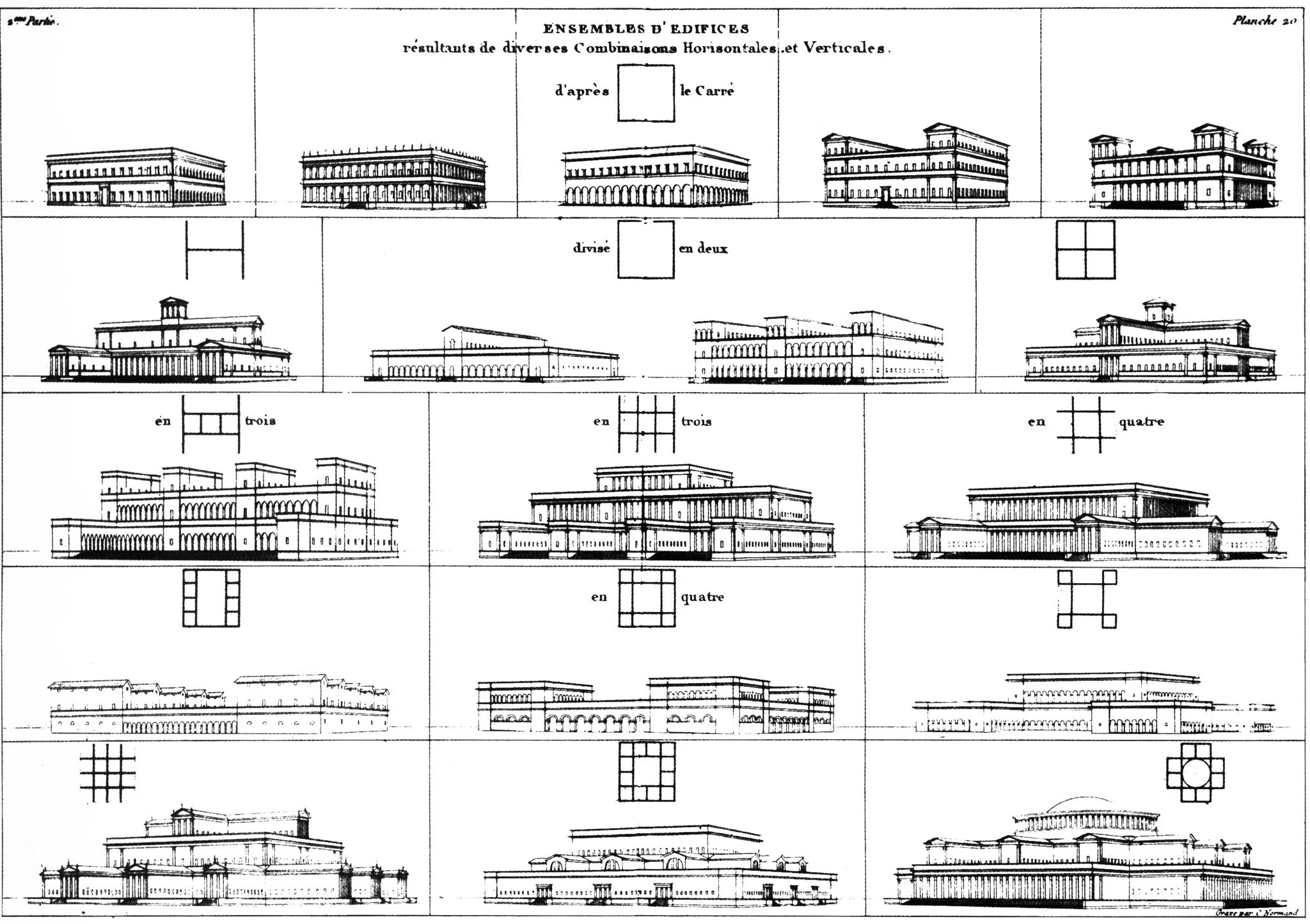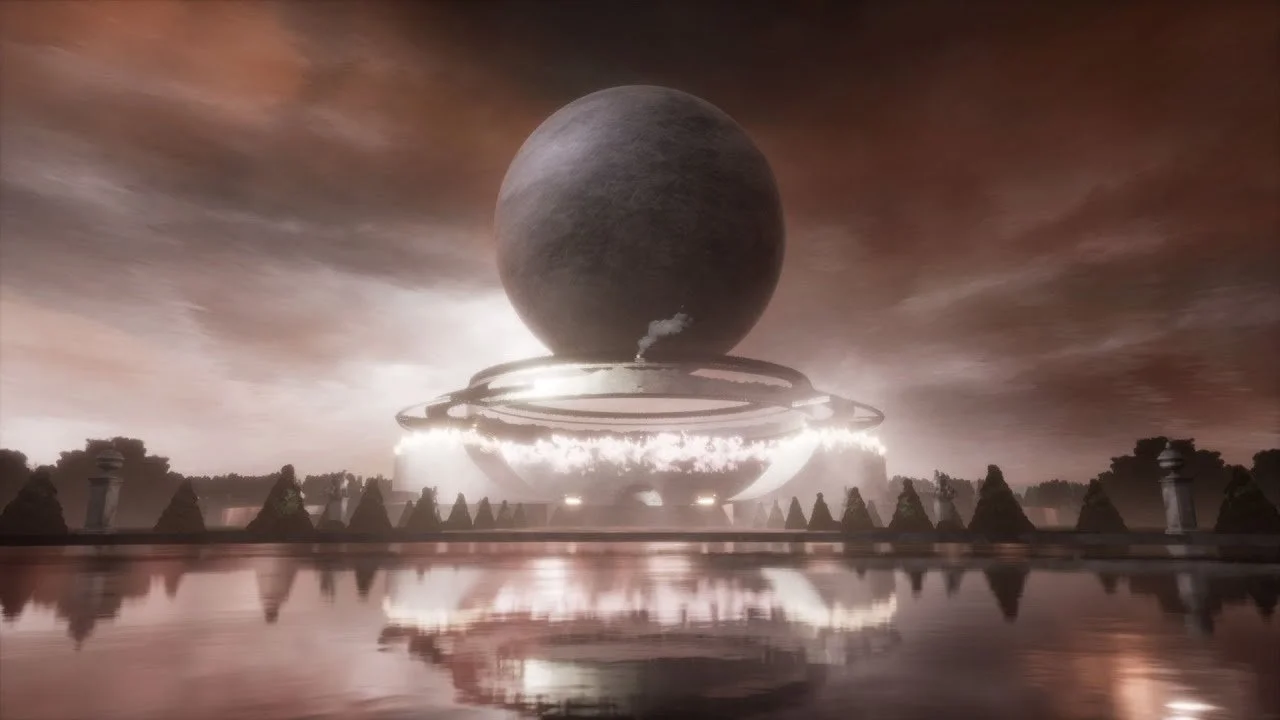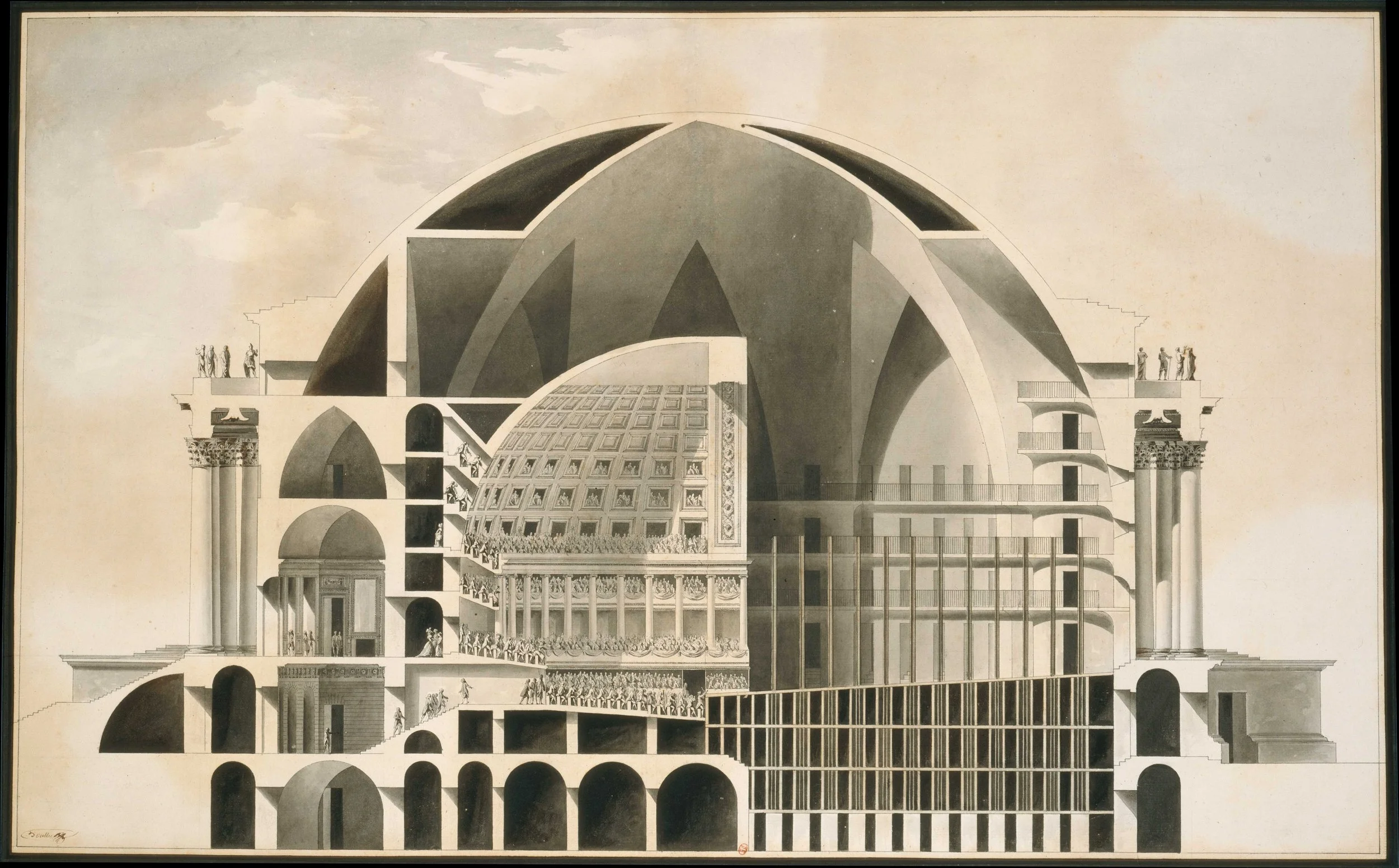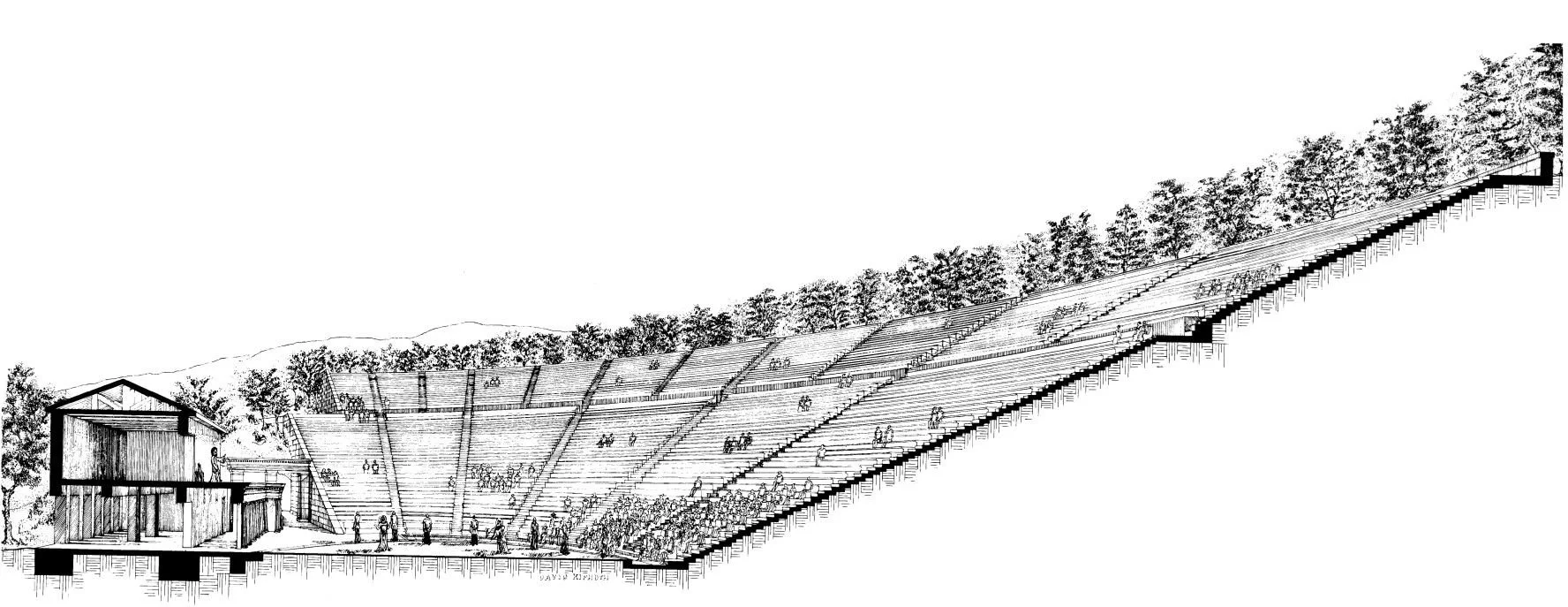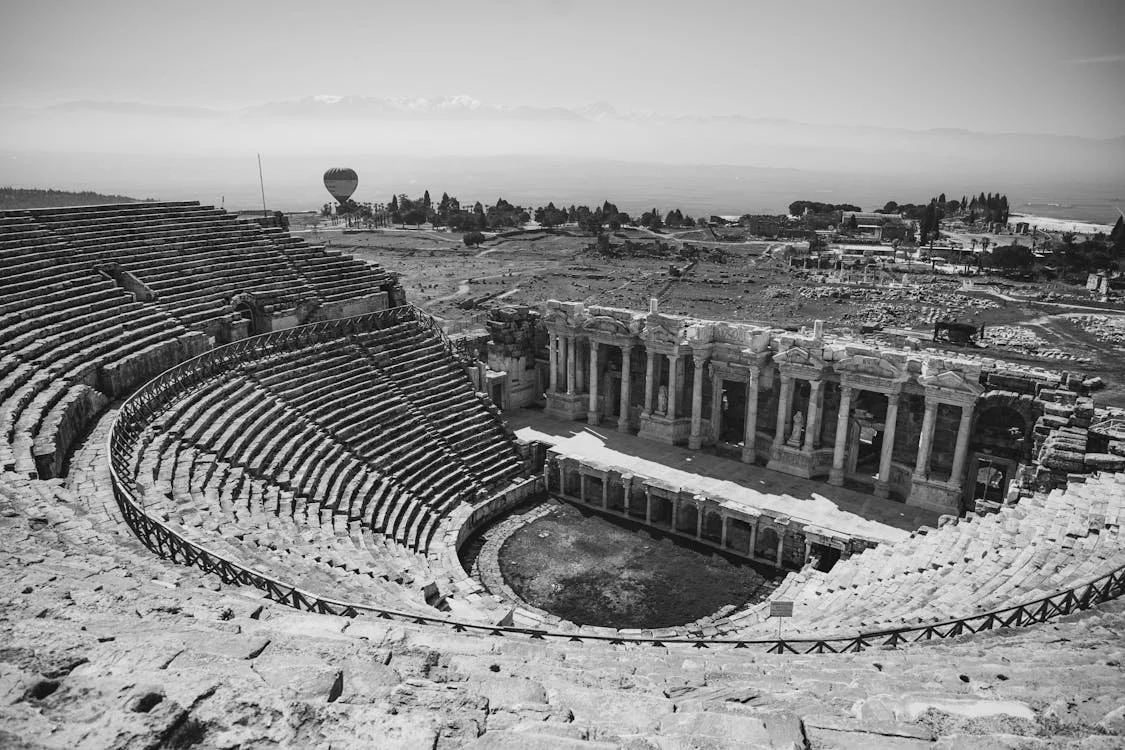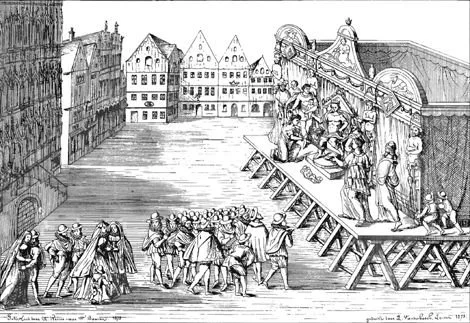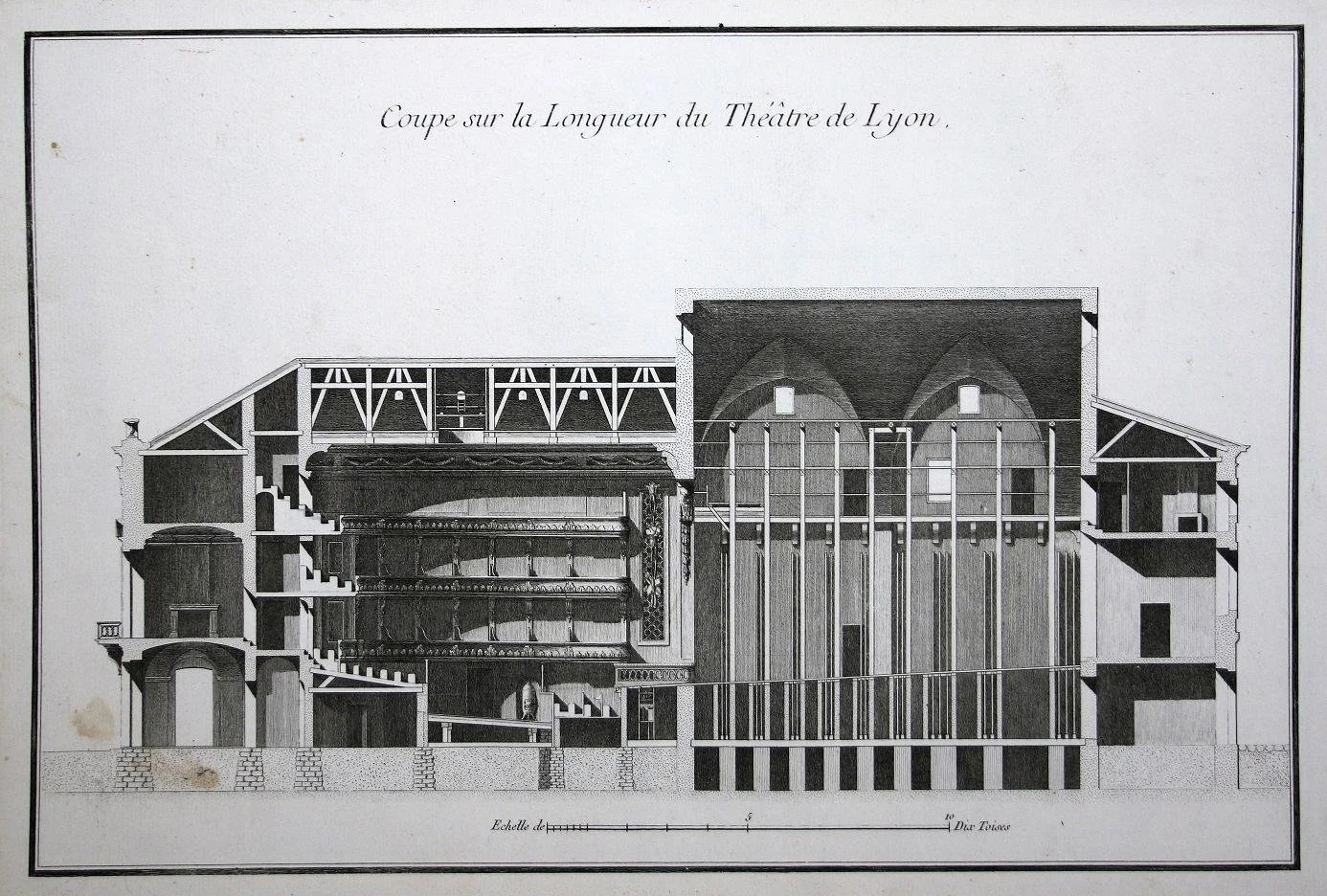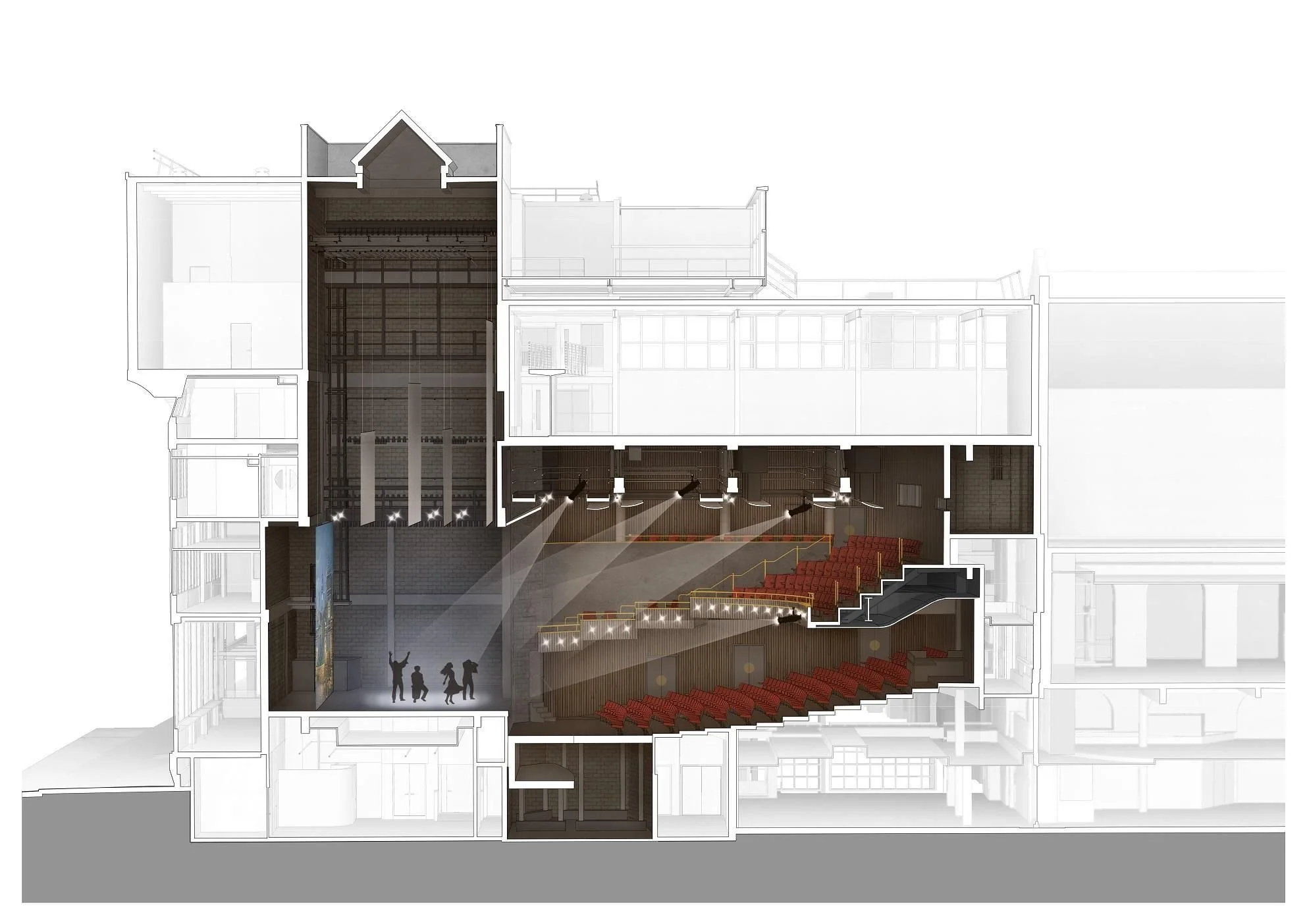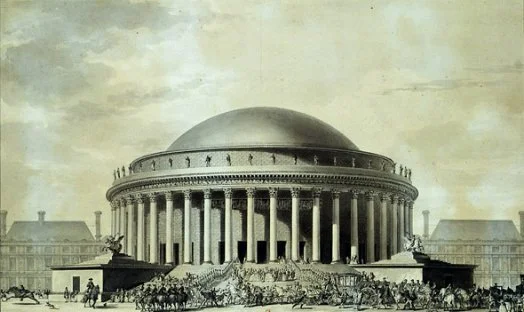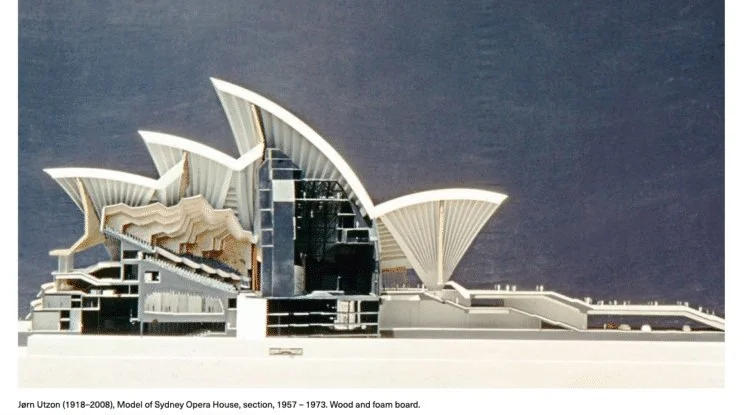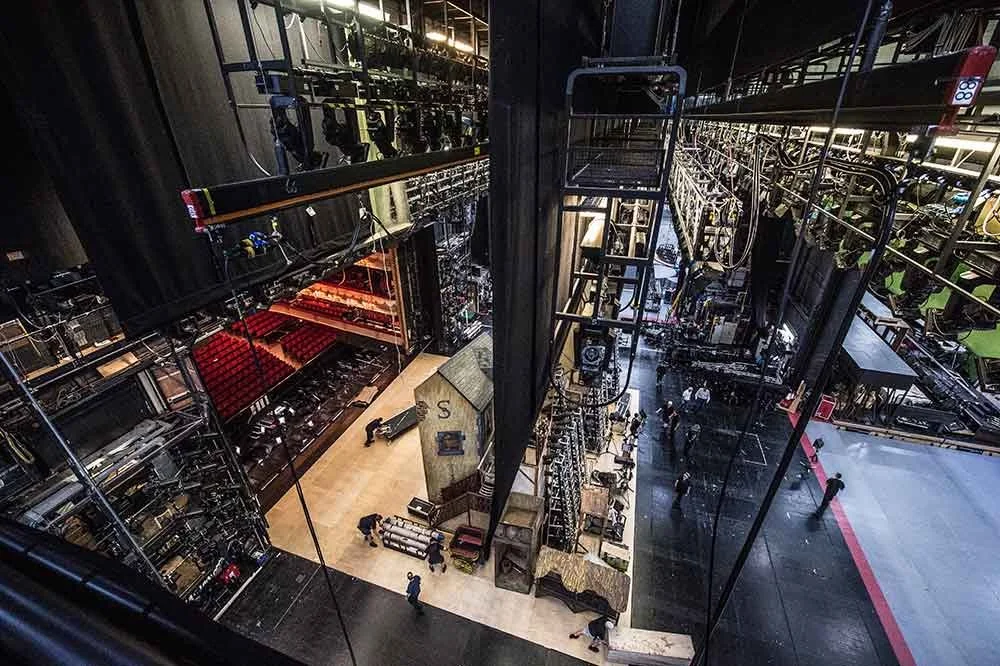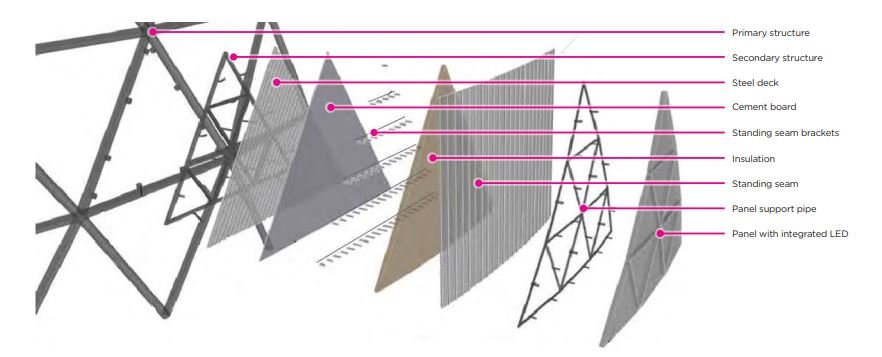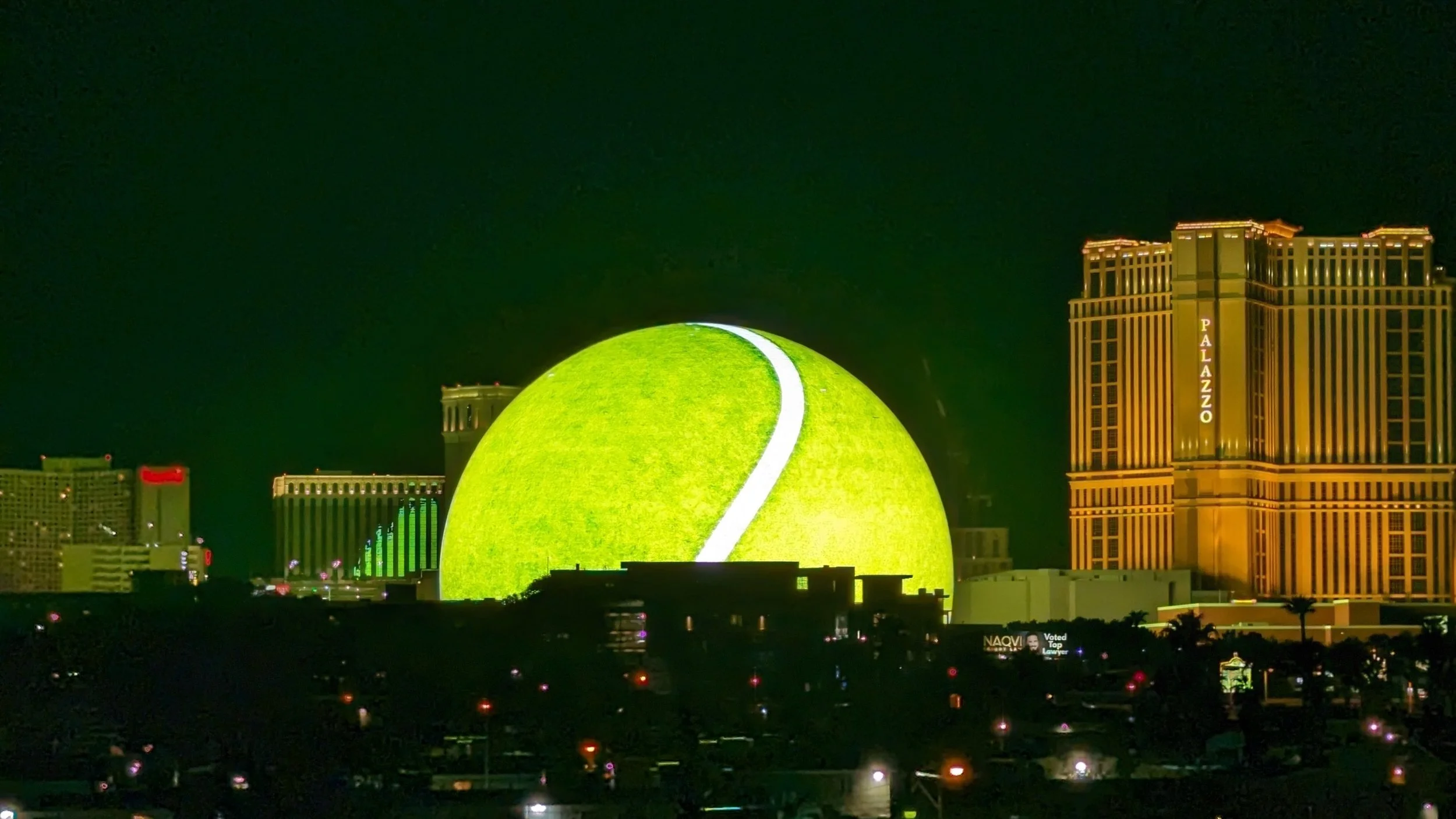J.N.L Durand, Sets of Buildings resulting from various horizontal and vertical combinations, Précis, Part 2, Plate 20
Jean-Nicolas-Louis Durand, combinatorial modular grid defining the walls and columns, and composition of the whole building by axes of symmetry, engraving. Reprinted from J-N-L Durand, Partie graphique des cours d’architecture faits à l’École Royale Polytechnique depuis sa réorganisation […]. Orig. ed. Paris 1821
Cenotaph for Newton VR, Femme Fatale Studio
Newton's Cenotaph is the first episode of our VR series "Dream Builders", a poetic and documentary collection that offers Virtual Reality visits to architectural projects never built. This pilot explores the Cenotaph for Isaac Newton, a utopian moment imagined in 1784 by Etienne-Louis Boullée, whose spherical shape is a direct allegory of the Earth, as a grand and spectacular tribute to the famous scientist, as well as to the philosophy of the Enlightenment.
……………Following the fire which destroyed the Palais-Royal theatre in 1781, Boullée proposed a monumental project which he located in a large space between the Louvre and the Carrousel………..The perspective depicts the arrival of the royal procession at the Opera. Circular in shape, the performance hall explicitly refers to the rotunda temples of Antiquity………..The section of the Opera shed light on the understanding of the project and highlight Boullée's pretext for a grandiose and theatrical staging of the building's interior through plays of scale and light that go beyond strict technical representation…………..
The Festspielhaus Bayreuth is built from 1872 to 1875, in accordance with Richard Wagner’s specifications, carried out by the architect Otto Brueckwald. The construction fulfills Wagner’s most important demands: an effective structure without ornamentation; a lowered orchestra kept concealed; an amphitheater-like auditorium without box seats and balcony, and a tent-roof as found in antique theaters…………..Wagner calls the hidden orchestra pit, between the stage and first row of auditorium seats, «the mystic precipice, because he wishes to have the reality and identity separated.» In addition, a perspectival illusion is created by a dual proscenium, which pushes performers into the distance while also, according to Wagner «allowing them to appear enlarged and of superhuman scale».
